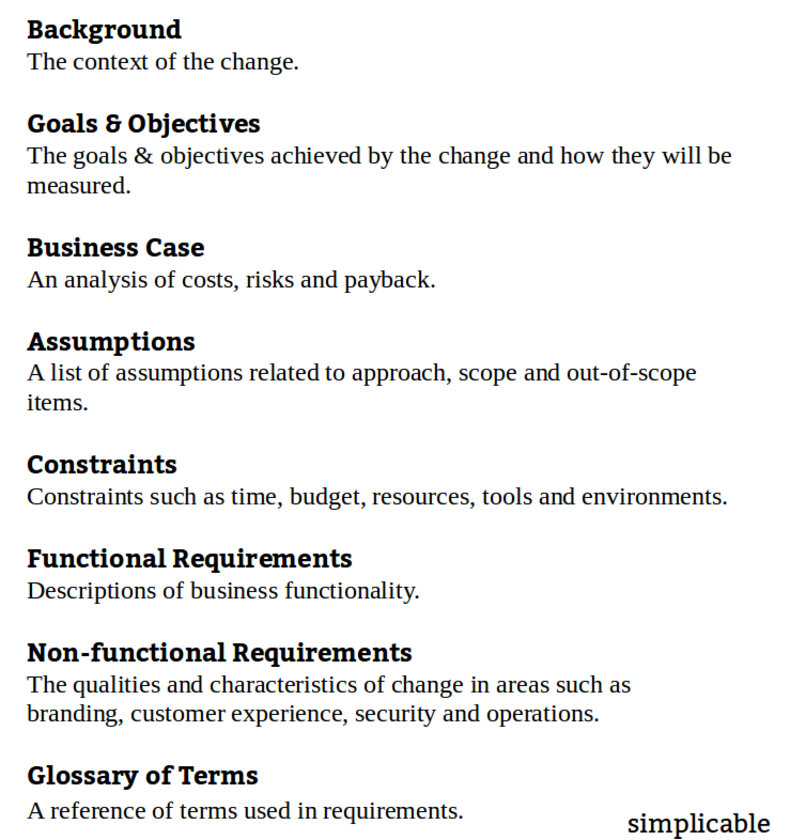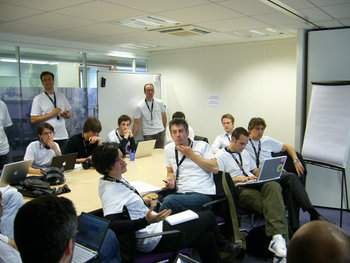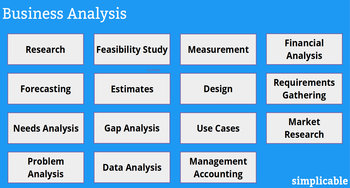
Template
A business requirement document typically includes background, business case, goals & objectives, assumptions, constraints, functional requirements, non-functional requirements and a glossary of terms.
Example
The following is an illustrative example of a business requirements document for a system project undertaken by a fictional telecom company.Neverland Telecom: Network Monitoring Improvements Phase I
Background
Neverland Telecom has committed to inform large customers of incidents within 5 minutes and to guarantee uptime of 99.95% for core services. At present, these commitments are difficult to achieve due to the large number of alarms that are triggered on a daily basis by network devices that turn out to have no impact on services. This consumes considerable time as network operations teams need to manually filter alarms and figure out if services and customers are impacted.Business Case
Incidents are a common reason for customers to close their accounts resulting in lost recurring revenue streams. This project is designed to reduce the duration of incidents by 50% and to enable large accounts to be warned of incidents within 5 minutes. It is estimated that this will reduce our churn rate by 35% and increase customer lifetime value by 23%. Over three years, this represents revenue of $5,700,000 against the cost of the project estimated at $1,220,000. The project will have a payback period of less than 9 months.| Goals & Objectives | ||
Timeline | Goal | Measurement |
Q4 | Increase the speed of customer incident notifications. | Mean Time To Customer Notification (MTCN) < 5 minutes |
Q4 | Increase the speed of incident resolutions for severe incidents. | Mean Time To Repair (MTTR) < 7 minutes for severe incidents |
Next Fiscal Year | Decrease customer churn rate. | Decrease in customer churn rate of 35% as compared to this year's average. |
Next Fiscal Year | Increase customer lifetime value | Increase in estimated customer lifetime value of 23% as compared to this year's average estimate. |
Assumptions
A number of assumptions have been adopted to ensure the timely and successful launch of the project.| Assumptions | ||
Type | Assumption | |
Scope | Devices located in Hong Kong and Singapore are out of scope. | |
Scope | New models of devices connected to the network after Q1 are out of scope. | |
Environment | The solution will leverage our existing network management platform and tools. | |
... | ... | |
Constraints
The project has the following constraints.| Constraints | ||
Type | Constraint | |
Financial | Budget shall not exceed $2 million without approval of the board of directors. | |
Schedule | The project must be launched by Q4 in order to meet the objectives in the business case. | |
Facilities & Infrastructure | The project team will use existing office space and IT infrastructure such as computing equipment and networks. | |
... | ... | |
Functional Requirements
The system shall provide the following functionality.| Functional Requirements | ||
Type | Requirement | |
Root Cause Analysis | The system will automatically determine the root cause of multiple alarms. | |
Correlation | The system will automatically determine which customers are impacted by a service outage. | |
... | ... | |
Non-functional Requirements
The system will adhere to the following non-functional requirements.| Non-Functional Requirements | ||
Type | Non-Functional Requirement | |
Customer Experience | Customer notifications will comply with the corporate style guide. | |
Information Security | The system will comply with corporate data protection and network security directives and standards. | |
Information Technology | The system will be designed for high availability according to our corporate principles and standards for reliability engineering. | |
Operations | Operations management will be trained in the new system. | |
... | ... | |
Glossary of Terms
For the purposes of this project, the following interpretations of terms has been established.| Glossary | ||
Root Cause Analysis | The process of differentiating which alarms are a cause of an incident and which are symptoms. | |
... | ... | |































